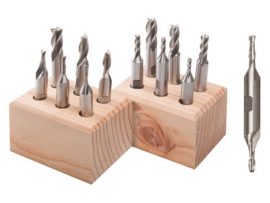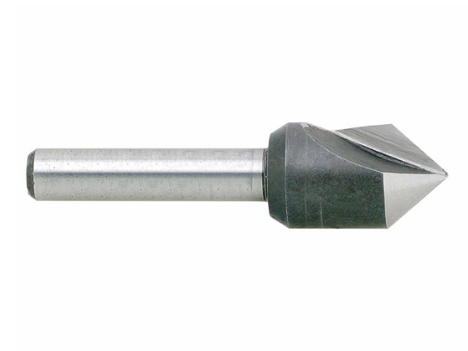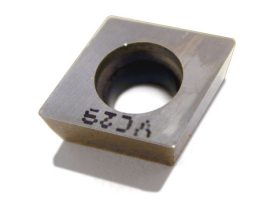| SIZE | 3/16″ |
| INCLUDED ANGLE | 82° |
| SHANK DIAMETER | 3/16″ |
| TOOL MATERIAL | High Speed Steel |
| FINISH COATING | Uncoated |
| HARDNESS | 58 to 60 RC |
| NO. OF FLUTES | 1 |
| OVERALL LENGTH | 1-1/2″ |
| SHANK STYLE | Straight Shank |
| TYPE | Single Flute High Speed Steel Countersinks |
3/16″ Countersink
3/16″ diameter, 3/16″ shank diameter, 1-1/2″ length
-
Related products
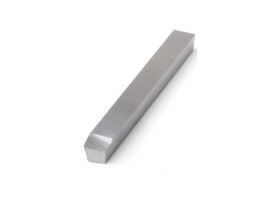

Left Hand HSS Tool
Lathe tools—often referred to as tool bits—are the primary cutting tools used for turning and facing operations on a lathe. The most common type is made from high-speed steel (HSS), which is suitable for machining a wide range of materials, including wood, plastic, aluminum, brass, and steel. HSS tool blanks are relatively inexpensive and can maintain their hardness at temperatures up to 1000°F (588°C), making proper control of depth of cut, cutting speed, and feed rate essential.
A major advantage of HSS tools is how easily they can be sharpened. They can be shaped and resharpened using a standard aluminum oxide grinding wheel and, once sharpened, will hold their edge for a long time.
NOTE: A lathe tool is named for the direction the chip exits the tool. A right-hand tool has its cutting edge on the left, causing the chip to peel off to the right.
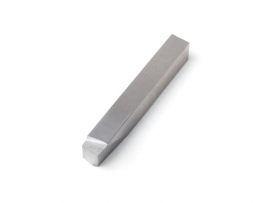

Right Hand HSS Tool
Lathe tools—often referred to as tool bits—are the primary cutting tools used for turning and facing operations on a lathe. The most common type is made from high-speed steel (HSS), which is suitable for machining a wide range of materials, including wood, plastic, aluminum, brass, and steel. HSS tool blanks are relatively inexpensive and can maintain their hardness at temperatures up to 1000°F (588°C), making proper control of depth of cut, cutting speed, and feed rate essential.
A major advantage of HSS tools is how easily they can be sharpened. They can be shaped and resharpened using a standard aluminum oxide grinding wheel and, once sharpened, will hold their edge for a long time.
NOTE: A lathe tool is named for the direction the chip exits the tool. A right-hand tool has its cutting edge on the left, causing the chip to peel off to the right.
